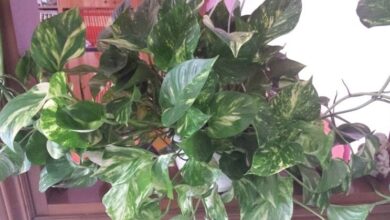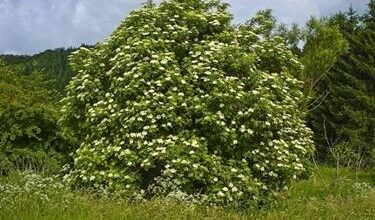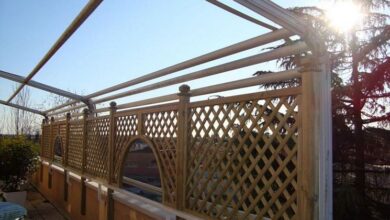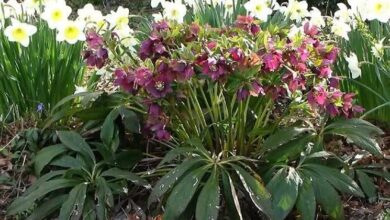Sundevilla
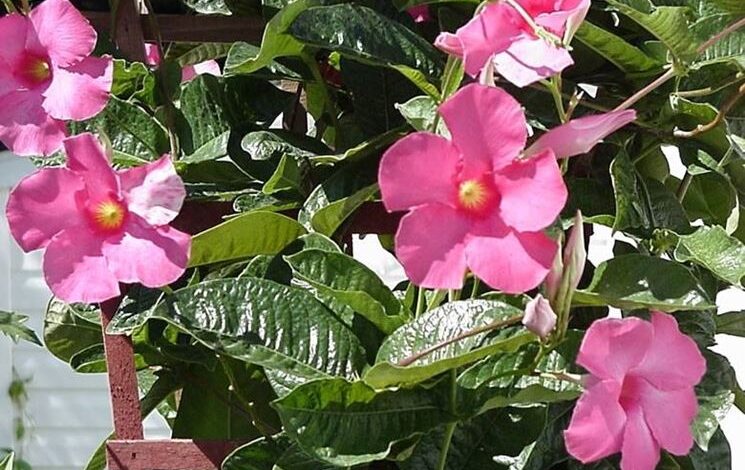
Climbing elegance
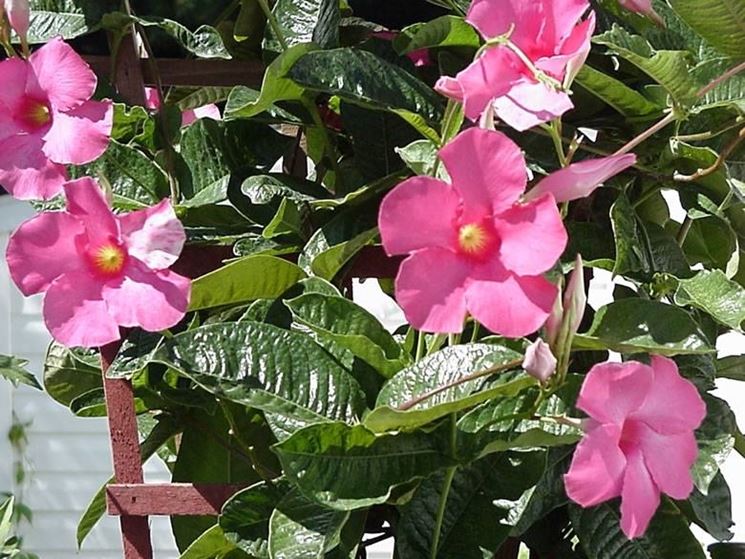
Cultivation
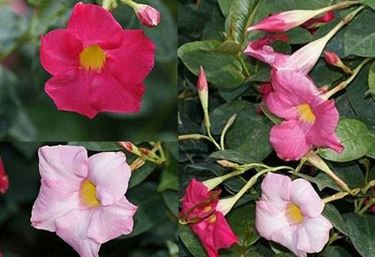
Sundevilla does not particularly like water: it is a plant that needs limited water supplies and therefore can be watered regularly but not too frequently. When watering it must be ensured that the plant receives a sufficient but not excessive amount of water, avoiding the formation of water stagnation. For this it will be very useful to choose a well-draining soil, while, on the contrary, frequent nebulizations will be beneficial for the sundevilla, used to dealing with very humid environments. Although the plant prefers bright environments, it is necessary to avoid direct exposure to sunlight, because they could burn the leaves. The possibility of growing sundevilla only in a shaded area, however, is not entirely limiting,
Sundevilla: Parasites and diseases
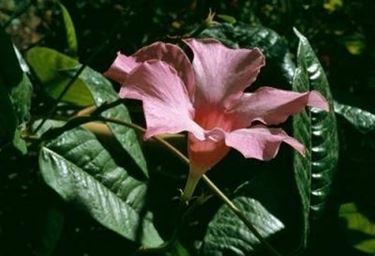
Sundevilla is a plant sensitive to the attack of parasites and fungi, which mainly affect the younger parts of the plant, preventing their regular development. For this reason it is advisable to resort to preventive treatments, especially in the period preceding the resumption of the vegetative cycle and flowering, when pests are more likely to develop. In particular, the sundevilla must be protected from the cochineal and the red spider, with treatments that are not too invasive and do not end up damaging the plant itself. If the infestation develops anyway, it will be necessary to resort to chemical control to be sure of eliminating the presence of any parasite; an intervention with a partial result, in fact, would lead to a subsequent resumption of colonization.

